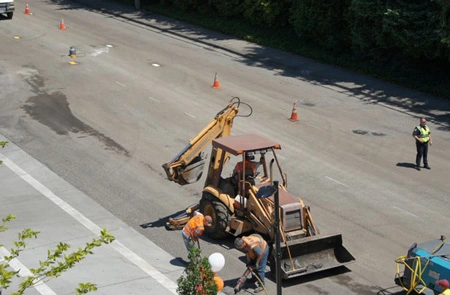
With the economy on the up unemployment is dropping and more and more people finally get to return to work. Unfortunately, it seems, that more people will be involved in workplace accidents and fatalities. New Jersey saw this first hand with the fatalities being on the increase in the last 4 years. In 2014 there were 87 workplace fatalities in NJ, 2015 saw a major increase with 97 deaths and 2016 increases to 101 deaths. As sad as it is, some professionals in the field expect that fatalities in the workplace will continue to increase with the economy.
More and more people are entering the workforce, and as a result more and more are susceptible to workplace accidents. This shouldn’t be a reason to be complacent with the growing number, however, instead, we should focus on reducing this number and try to increase safety in the workplace. Safety in the workplace not only is a necessity but an investment, saving employers money by cutting costs in insurance, paying fewer workmen’s compensation, and less OSHA fines. IT will also increase the productivity of workers as they feel they are working in a safer environment and reduce the cost of rehiring and training new workers.
Safety begins with training workers. Thoroughly training workers on safe practices and potential workplace hazards will give them the knowledge on how to work safely and will emphasize the importance of safety to the company. Many workers cut corners and work in an unsafe manner because they feel that the company doesn’t care about safety.
Managers should also look to the “hierarchy of safety” which demonstrates the most effective ways to create a safe workplace. At the top of the hierarchy, and therefore the most effective is to eliminate the hazard altogether. Like this is to substitute the hazard for something less hazardous or dangerous. A good example of substitution is replacing gas-powered forklifts, which produce carbon monoxide containing emissions, with electrical forklifts within areas with low ventilation. When elimination and substation aren’t viable, engineering controls are the next fallback. An example of this would be installing ventilation to reduce the exposure to chemicals. Following this administrative controls, such as training and lockout-tagout programs, are the next step. Finally, at the bottom of the hierarchy, is giving workers personal protective equipment. It is likely that you will have to use all of these methods to create a safe place, but this offers a guide on how to protect your workers
For safety training visit us at HardHatTraining.com
